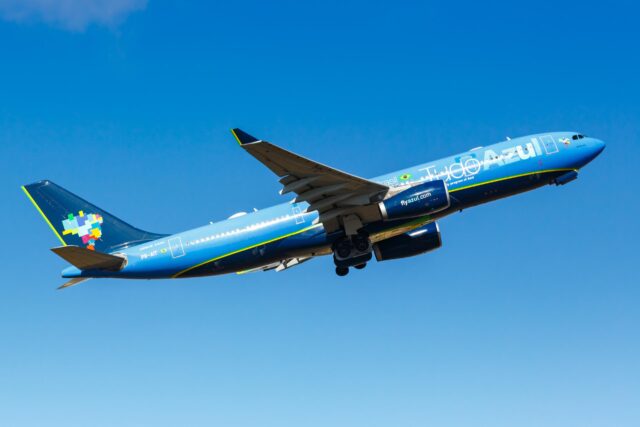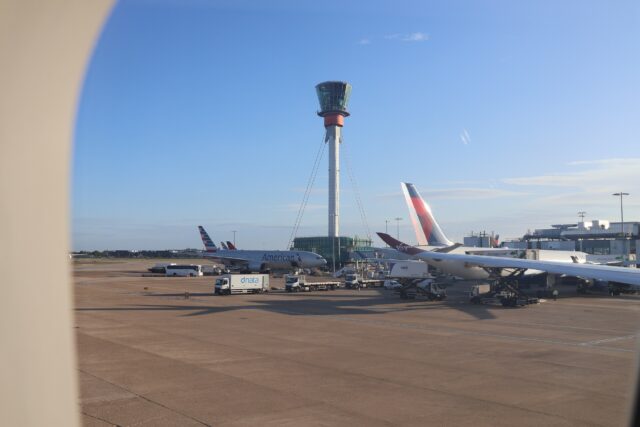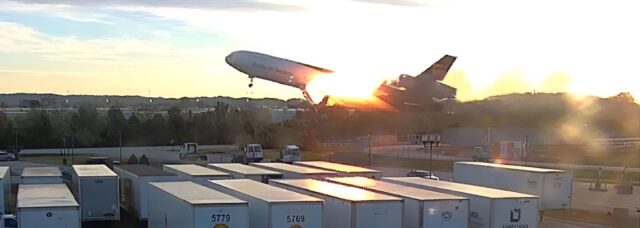Science: The latest impact of climate change on aviation is noisier airports

September 24, 2025

Airports may get noisier as the planet warms. A new study from the University of Reading finds that rising temperatures could increase the number of people exposed to aircraft noise around Europe’s busiest hubs.
Simple physics: how heat increases aircraft noise
The cause of the higher climate-related noise levels is a simple matter of physics. Warm air is less dense, which reduces lift. Aircraft departing in hotter conditions climb more slowly and stay closer to the ground for a more extended period, spreading noise across a wider area.
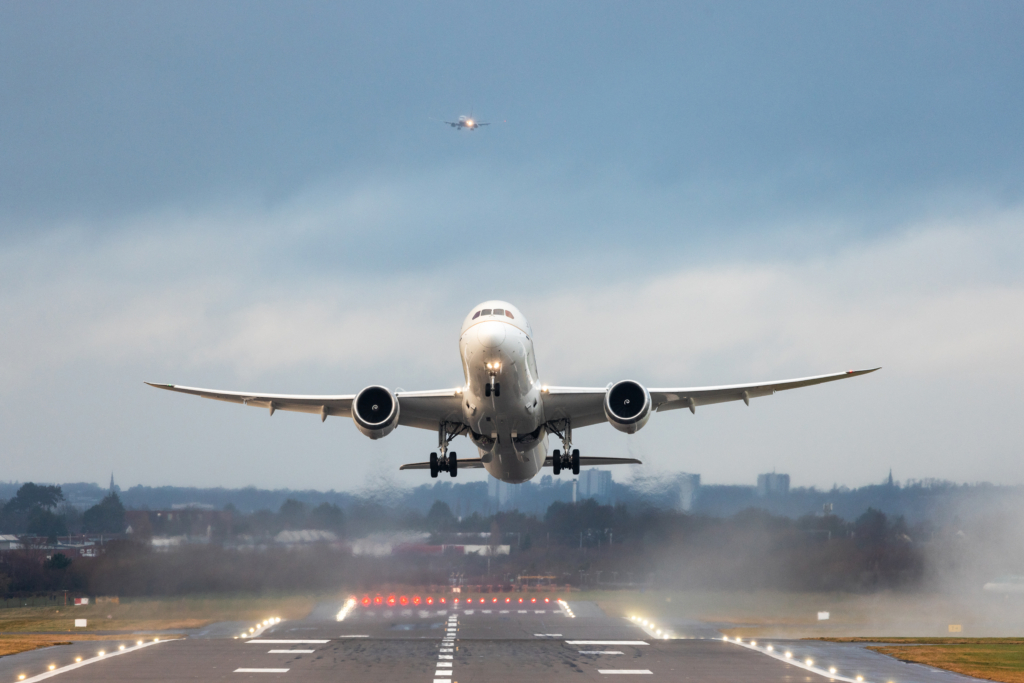
“Over the next three decades, thousands of extra people in London could be blighted by noise pollution caused by climate change,” says Dr Jonny Williams, lead author of the study. “The problem gets worse with different types of sound, too. Low-frequency noise, which travels further, will increase the most. These deeper sounds are particularly annoying to human ears and can cause stress and sleep problems.”
The researchers looked at 30 European airports using climate models. They found average reductions in climb angles of one to three per cent, with drops of up to seven and a half per cent on extreme hot days.
That translates into as many as 4% more people being drawn into the 50 decibel noise zone, a threshold where aircraft sounds become intrusive. In London, this could mean approximately 2,500 more residents being regularly exposed to aircraft noise.
Wider climate pressures on aviation
The study highlights one more way climate change is reshaping aviation. Earlier this year, University of Reading researchers warned that hotter summers could force airlines to reduce the number of passengers they carry. Their modelling suggested that by the 2060s, aircraft such as the Airbus A320 may need to offload the equivalent of ten passengers on the hottest days to ensure safe departures from some European airports.
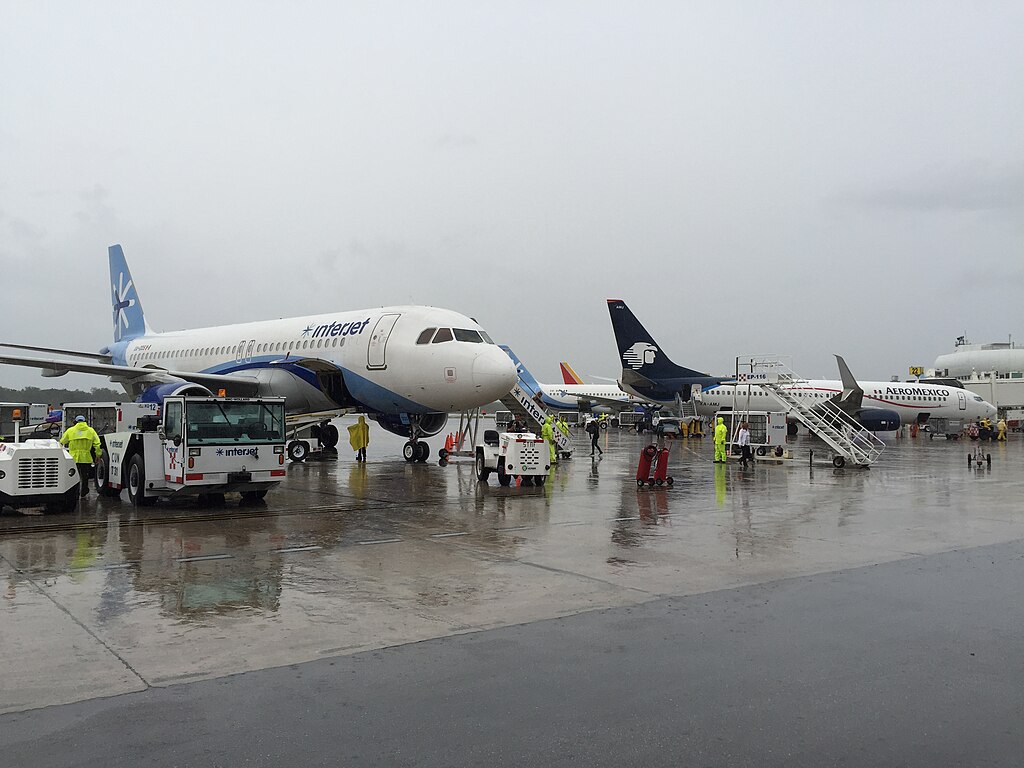
A study by XDI found that climate change is also putting airport infrastructure at risk with flooding, heat damage to runways and higher costs.
“Airports are facing significant challenges from heightened risks of tropical storms, heat, flooding, and high wind speeds, leading to increased costs from rerouted flights and higher care expenses during periods of airport incapacitation,” XDI stated.
The firm predicted that “4% of airports already face significant operational risk exposure from climate hazards,” and 32% of the world’s airports could be affected by 2050 unless carbon emissions are dramatically reduced.
More turbulence ahead as planet gets warmer
The University of Reading also found an increased risk of turbulence associated with climate change. In a report published this August, researchers found that “wind shear will increase by 16-27% and the atmosphere will become 10-20% less stable from 2015 to 2100.”

Professor Paul Williams, who also worked on the noise study, said: “Together with increased turbulence and more airport flooding, we can now add noisier flights to the growing list of ways climate change is affecting aviation, with unwelcome consequences for those who live near airports and are impacted by noise.”
The aviation industry is working to meet its Net Zero 2050 targets, which may help reduce the carbon emissions that threaten its future. However, progress towards aviation decarbonisation faces turbulence of its own.
